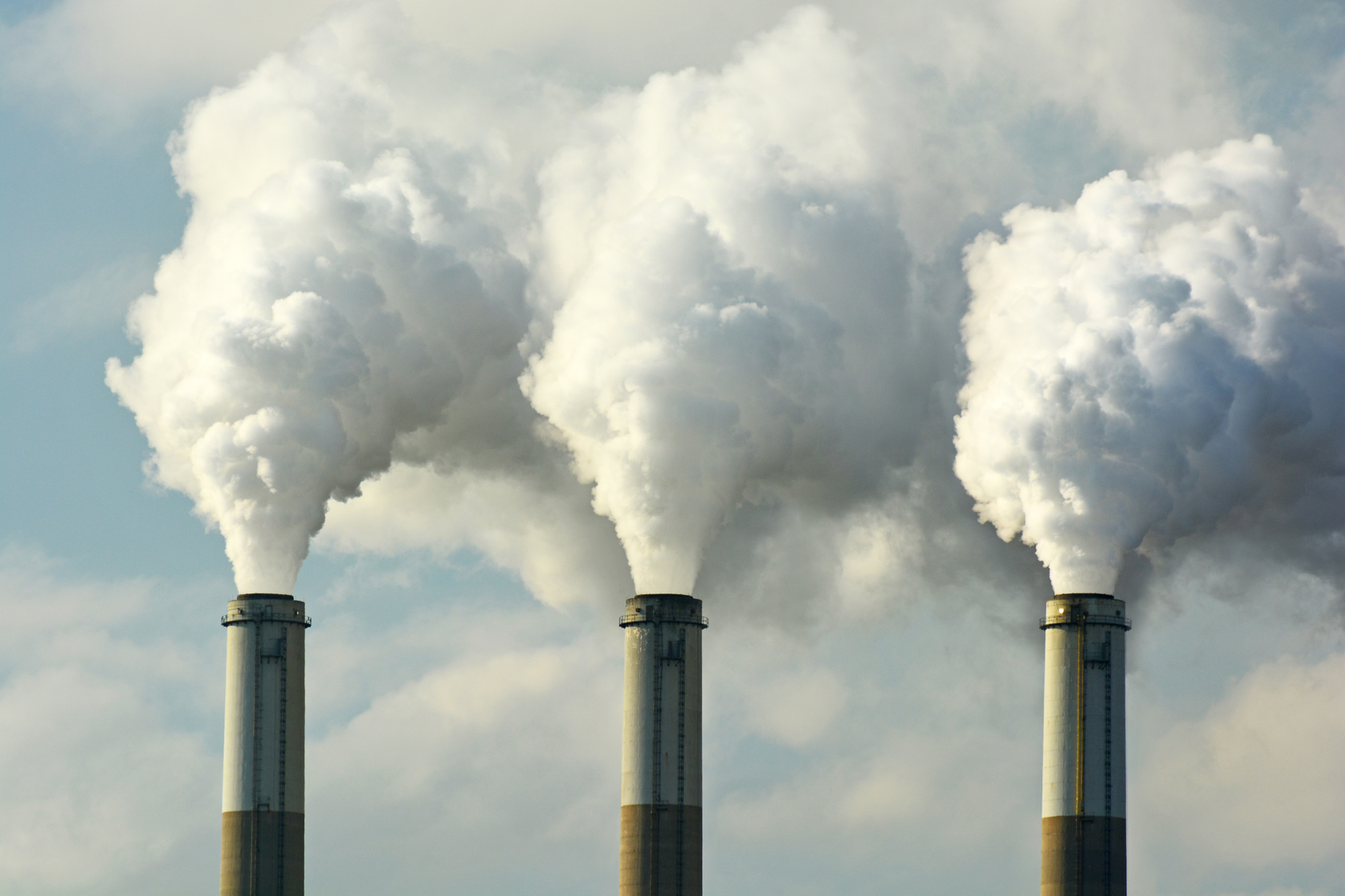Emission sources
Cadmium is mainly emitted by combustion processes – e.g. by energy production or in refineries, but also by the combustion of fuels in traffic. Cadmium is emitted by industrial processes as well. Cadmium is a component of accumulators and minor amounts can also be emitted at volcanic eruptions.
Health risks
Cadmium is mainly obtained from food. After chronic absorption by respiration the nasal mucosa can be damaged. Cadmium is mainly toxic to the kidneys and disturbs the bone metabolism. Cadmium and its inorganic compounds are classified as being cancerogenic.
Air quality standards
There is an Europe-wide target value of 5 ng/m³ as annual mean that is valid since 1 January 2013.
Air pollution
Since 2007 the target value was only exceeded at one station in the vicinity of a mining industry.
The average concentration in urban and rural areas is about 0.1 µg/m³. Slightly higher values are measured close to industry (0.6 ng/m³). The lowest concentrations are measured at the very remote stations of the Environment Agency (below 0.1 ng/m³).
Cadmium in particulate matter - Annual tabulation
Here the annual tabulations from 2007 onwards can be found (station-by-station).


